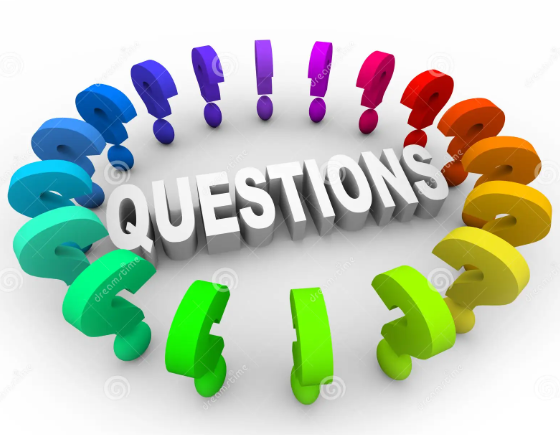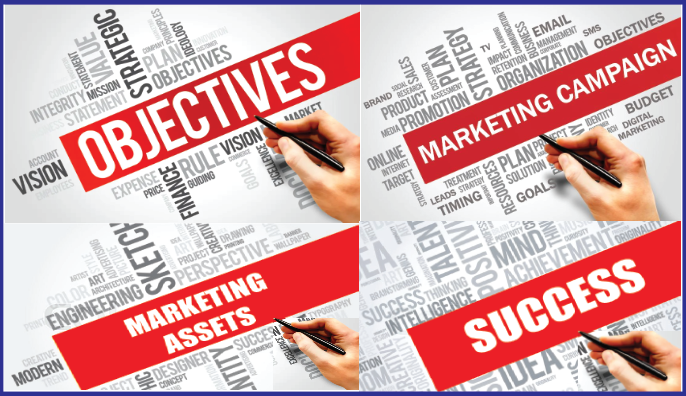From Ray Kroc to You: In Selling, Always a Need for Speed–If It’s the Right Kind
Three business-to-business sales lessons on fast from McDonald’s founder Ray Kroc: 1) Be fast to follow up on a problem, 2) Be fast to get to the decision-maker, and 3) Be fast to recognize the potential and act on it. Here’s what happened when he followed that advice himself.
In 1954, before he built his empire, road-warrior-salesman Ray Kroc drove from Illinois to California to see the original McDonald’s restaurant for himself. As the movie Founder shows, Kroc was confounded: Why was one customer buying so many “mixers”—six at once instead of, say, one? It had to be a mistake.
But before he hit the road, he called San Bernardino to find out, jamming nickels into a pay phone. Yes, one of the owners had ordered six mixers, and, yes, it was a mistake. “That’s what I figured,” Kroc said. “What kind of drive-in can make thirty shakes at a time?” The owner’s reply: “Better make it eight.”
Then Kroc hit the road—immediately. After several days on the fabled Route 66, he stood in a lunchtime line of about 20 people—“Don’t worry,” a woman said. “It moves fast”—and then he ordered. He had barely picked up his change (15 cents from two quarters) when his hamburger, French fries, and Coca Cola were right there in front of him. He was stunned: “No, no, no. I just ordered.” Soon it hit him: This is what the fast in fast food really meant.
The world of consumerism—and, eventually, business-to-business—was never the same. Today, buyers almost always feel the need for speed in ordering, in receiving, and sometimes even in paying.
Buyers expect speed, and sellers must provide it. How quickly a seller can deliver a solution has, in many businesses, become a differentiator. Buyers have too many other places to go, and, thanks to the Internet, they’re well into the buying process when they get there.
By the time they get to you, they’ve already done a lot of your work, at least, the marketing and the educating parts. Now, you have to do the persuading and selling parts. The efficiency of the sales process is critical.
Warning: But if you use a consultative sales process, speed has to be used in the right way. In fact, we teach slowing down the sales process to speed up the sales cycle. What does that mean? It means taking the time to do more complete discovery than your competition. Having an information advantage as soon as possible is essential. Unfortunately, only about 20 percent of salespeople—the top producers—know how to achieve that advantage. About 80 percent, the vast majority, don’t know how. For example, just asking a lot of questions isn’t enough. The questions have to be the right ones in the right order at the right times and in the right proportions.
We see the value of an efficient and effective sales process not only for our clients but also for ourselves.
Just two weeks ago, after a Google search, a Canadian software development firm called us about our lead generation service. The caller was in Vancouver and I was in North Carolina, where I happened to be working that week, a three-hour time difference. When I got his call, it was late, but we had a productive 30-to-45-minute conversation. He asked for a proposal, and I promised to e-mail it the next day.
But, maybe inspired by the selling spirit of Ray Kroc, I decided to work late, process my notes, and get the proposal off that night. It paid off. The next morning, I saw that he had responded, asking to set up a call with his president. We had the call, and they placed one largest orders for lead generation we’ve ever had. Our quick response and second conversation were key factors, I believe, because they enabled the prospect to stop looking for other sources.
Key Points:
- Responding quickly to prospects is extremely valuable, even impressive, as long as it is done well. Efficiency here must be synonymous with effective. A fast response sends the signal that you do what you say you are going to do. Could there be a better way to secure a sale and launch a relationship?
- My late-night efforts paid off because my prospect was also working late that night, most likely looking for more potential suppliers and planning to hear about their offerings the next morning. Ultimately, he didn’t listen to anyone else. By responding quickly—meaning almost as soon as the inquiry came in—I had a competitive advantage.
You can build your ability to get that competitive advantage, too, but without having to drive for days. Just get in touch with us at 847-446-0008 Ext. 1 or pkrone@productivestrategies.com. But don’t wait too long.
The post From Ray Kroc to You: In Selling, Always a Need for Speed–If It’s the Right Kind appeared first on Productive Strategies, Inc..










